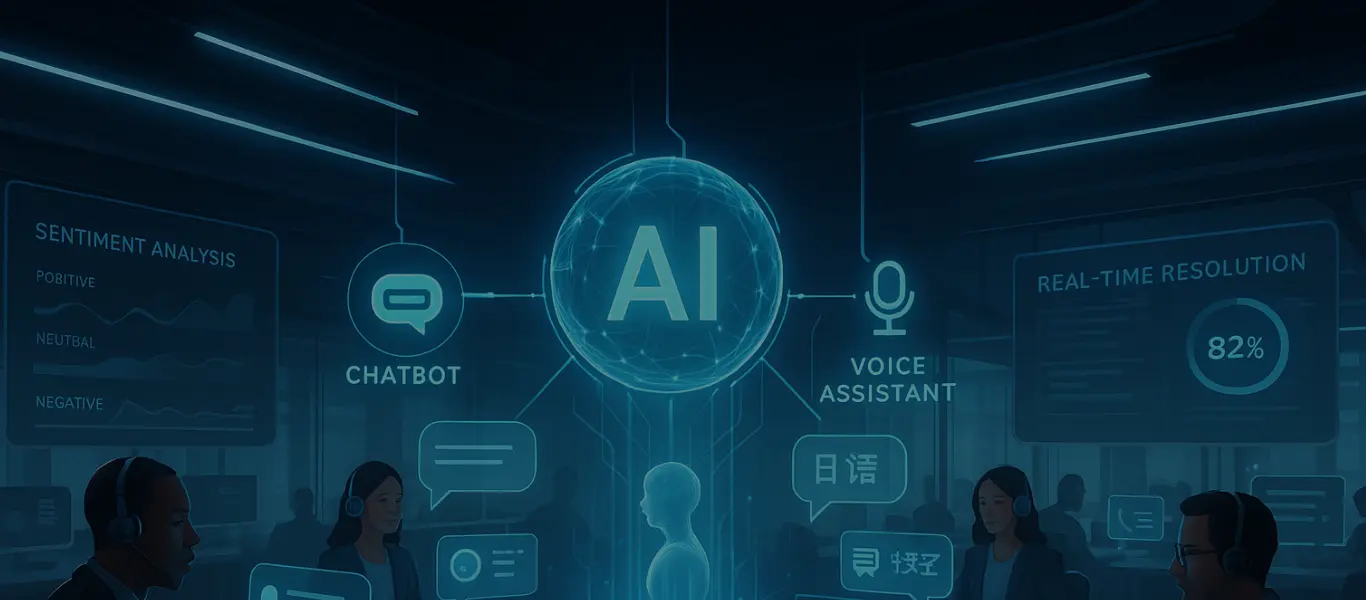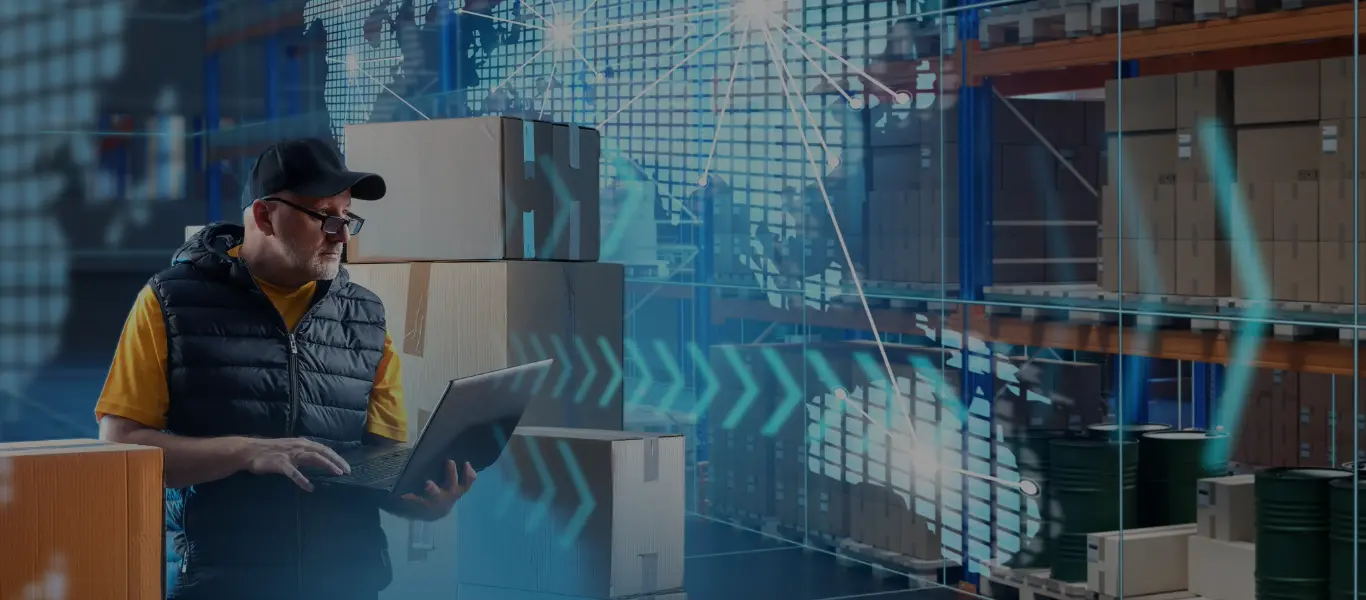This blog is Part 1 of the 2 based on the webinar “Payments – Flexibility without complexity”. It details out how retailers can support a diverse range of shopper journeys while retaining a single view of their customers. The topics covered in the webinar include:
- Omnichannel refunds
- Contactless commerce
- Unified customer data (and how to use it)
- Put your customers in the driving seat of their experience ( Part 2)
Deliver flexible retail payment solutions
Speakers

Angus Blest – Having a flexible approach is really important and critical to your success as a retailer. Things can change very dramatically at pretty short notice and the ability to adapt to the changing environment is critical. Those businesses who’ve been able to deliver and adapt are the ones that have been more successful during challenging times. But the last thing retailers need is huge amounts of complexity that makes it too hard to be flexible and not practical.
The ability to be flexible without complexity really comes down to the suppliers you choose and the infrastructure around your systems.
Looking for payment solution expertise
Adyen is a single platform organization that delivers the same platform across all channels and across all geographies. That reduces complexity and keeps things simple. SkillNet, Makers of Modern Commerce ensures flexibility by designing the right customer journeys.
Age of customer experience
We’re in the age of experience. One of the things that shoppers have had over the last 18 months is the ability to transact. They’ve been able to go online and buy things, but have missed the experience of shopping. So, customers have been behaving and shopping in a completely different way than they have previously. There are things through that experience that they have loved as well as things that they haven’t loved. So now consumers and shoppers are saying – Well, I want the best of everything. I want the convenience and the capabilities I’ve had as we’ve moved into an online world. But I still want to go back to having that experience of visiting stores and shopping in stores.
Contactless Commerce
Its these journeys and new customer journeys that are going to be really important to help bring those shoppers back into the stores and give them the experience they need and that also includes helping them with their cross-channel returns.
Be that longer returns windows or whether it’s providing digital receipts when they’re in the store, so they don’t have to touch a physical piece of paper that’s being handed over from someone. So, what we do know is that the customers want to feel safe and they expect it.
Retailers and businesses have to be flexible about how they deal with them and give them a really good experience. However, they choose to shop, whether it is in a very traditional retailing environment, whether it’s the use of their mobile phone whilst they’re in the store or whether it’s shopping at home, people’s expectations have changed and as businesses, we need to provide the experience that they’re expecting to get the best returns.
Delivering consistent experiences across channels
One thing that is really interesting to show you is an idea of the way Adyen has been thinking about is transaction volumes and the change of those over the last 18 months. We all know the pandemic hit at the end of Q1 2020.
And if we look at this graph, the yellow line shows the impact of that on physical in-store or offline retailing. So, a massive drop-off occurred and now what we’ve got is the thin blue line is online retail volumes. And we saw as that drops, we saw an increase in online retail as people were transitioning from, in-store to online.
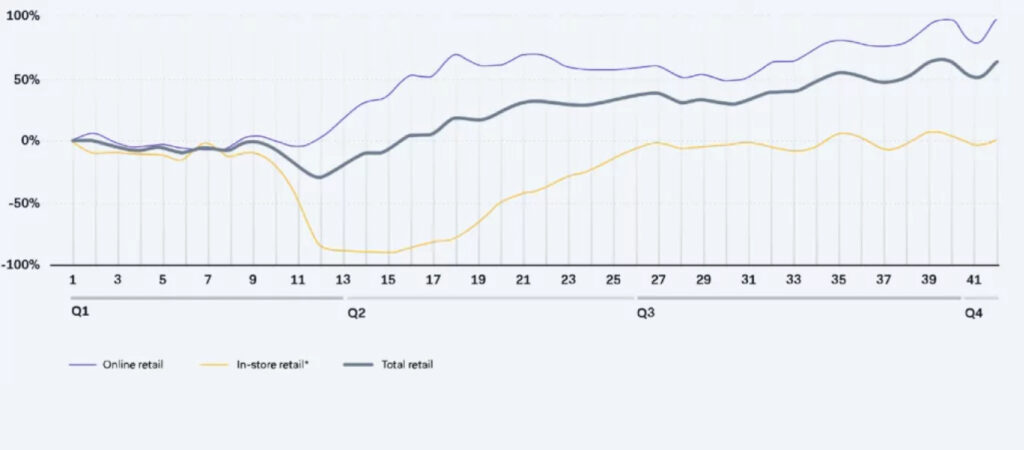
But what’s really good to see is we had to look at the total volume, which is the thicker gray line through there is that after the initial dip where people stop spending money, we’ve actually seen an increase in shopping in total retail, shopping across that. And I think what we’ve seen is people have adapted. And so, the immediate reaction is, oh, I can’t shop. I’m not going to shop. And then people’s behavior changed. And I think a really good example of that is if you, if, and I, talk to my parents who are in their seventies and are very reluctant online shoppers and in the pre COVID they didn’t buy anything online.
But over the course of this change, they’ve now been forced into buying things online and have gone, you know what, this isn’t that hard, this isn’t that difficult, this works. And so, then they’re more comfortable. They’ve in effect broken that barrier of shopping online, but still will want to shop in the store when they come out.
And so really what we’re seeing is, we’ve seen a quickening to some degree of the transition from in-store to online retailing. As you can see the in-store retailing is still returning. So, we’ve now got more shoppers that are going to be choosing to interact with retailers across all their channels, rather than just one.
Fundamentally, it’s the shoppers who love the flexibility of purchasing across multiple channels. Shoppers really just want to buy things and they want it to be convenient and easy and they want information about what they’re buying.
You know, Amazon has grown hugely successful by basically making things really convenient and really easy. That’s awesome, but there’s also an experience aspect to shopping as well. And I think what we’re seeing and what we expect to continue as we move out is people to want those cross-channel experiences, to be able to interact and get the same experience, whether they’re interacting with people across all the different channels.
And the way to deliver a consistent experience across all those channels is wherever possible. Have a unified technical architecture behind your commerce offerings across all those channels. And that helps you deliver a more joined-up experience for the shopper. And obviously then if you do need to pivot back, according to environmental changes, it’s much, much easier to react if we’ve got a set of systems and, a setup in place that supports all of those different possibilities.
Using payment data to build customer journeys
So, one of the things that help us understand what’s happening in our business is the use of data. And through our payment data, we are able to build a picture of, the shoppers and their behaviors and what’s happening then helps you adapt to give the right journeys to those shoppers.
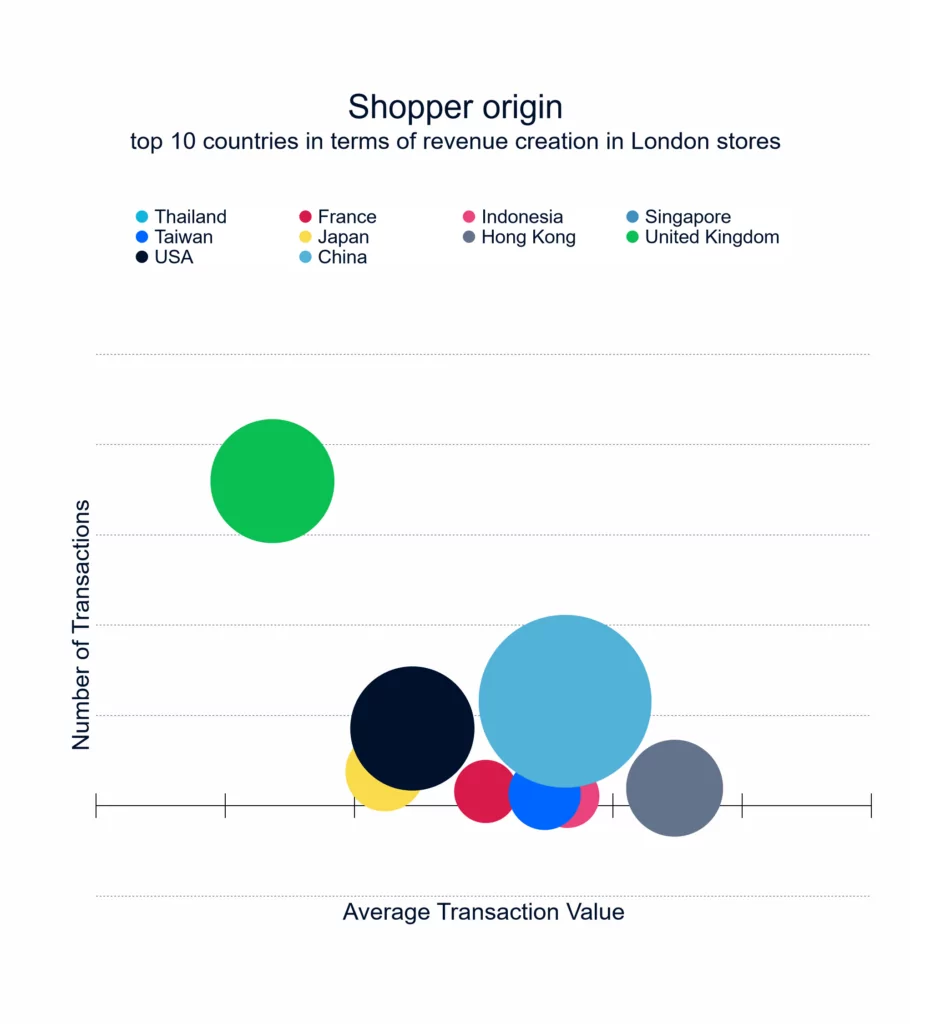
An example that we have here is some data we had from shoppers coming into London. London has a large, this is a traditional, not in this year when we’ve had no travel, let’s be clear about that, we have a large international community, a lot of tourism.
And as you can see here from this data, we’ve got the kind of two things, the number of transactions and the value of transactions initially, you’d think, okay, the shoppers, they’re all coming from the UK because we’re in the UK and that’s all, that’s what we need to focus on. But actually, what you can see is there’s a very large number of transactions from the British, but we’re not spending as much on our average transaction value.
Whereas the tourists that are coming in have much higher transaction values, whilst a fewer number of transactions and then the size of these circles here actually depict the total value of the transactions. So having this kind of information, knowing where the shoppers come from can really have an impact on how you approach the shoppers, whether it be the store staff that you put into the specific stores.
So you make sure they’re multilingual, according to the nationality of the shoppers or whether it’s the payment methods that you make sure you’ve got an offer and support. But what this does do is provide you with information about how to give a better experience to the shoppers. Another example we have here is tracking cross-channel shoppers.
So here, what we’ve got is the red dots represent store locations and the green dots represent the addresses of where the deliveries for online shopping have occurred. And the darker, the green is the more transactions that are performed, and can I think, okay. That’s some nice data. How’s that useful to me?
Well, really you can start using this to try and make some, some decisions and you might be saying, okay, well, if the deliveries are there, maybe that’s where I should be thinking about putting a store. If I want to drive an incremental volume and actually position the stores where your shoppers, who buy online are most prevalent or spend the most money.
And so just having a set of data that sits across the channels, enables you to start making some, some different decisions about what you might do with your store site. Another scenario that we’ve used our data for, to help people with is really getting right down into that store estate and looking at the impact of opening a new store on existing stores.
And so this particular, diagram shows the impact of a new store opening in between other stores. And what you see is there’s a little bit of cannibalization from each of those other stores, but actually a halt, which is the, which represents it by the part of the bar, but actually the blue represents unique shoppers that only shop in that particular store.
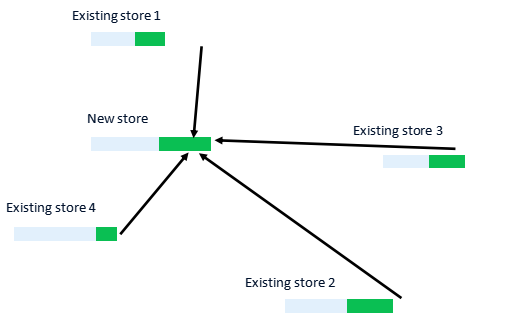
So it can start building a real picture of the value of that new store to that particular retailer. Now, of course, the opposite can also be true. If you’ve got information about your shoppers in a particular store, and how many of them also shop online and how many of them also shop in other stores that are in the local region, you can then make an informed decision about maybe where you might want to reduce the size of your store estate, closing store would have the least impact on your transactional revenue for your business.
So having access to data in one single place that sits across all of those channels can really provide that kind of capability to make really big, business decisions that can make a difference to your business.
I’m gonna hand you over to Antonio, who is gonna talk to you a little bit about the actual specific customer journeys.
Continued in Part 2 – Create successful customer journeys by putting your customers in the driving seat of their experience
Entre em Contato! for retail payment solutions






 Engenharia
Engenharia
